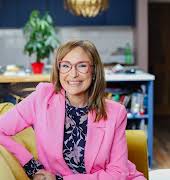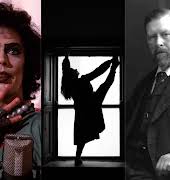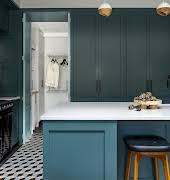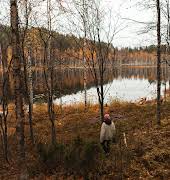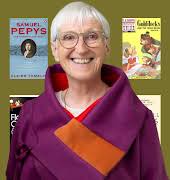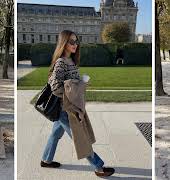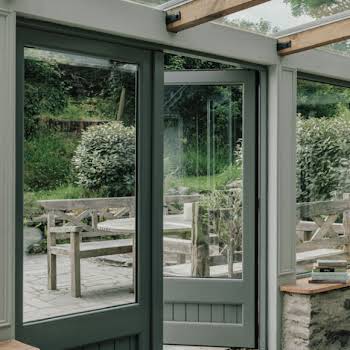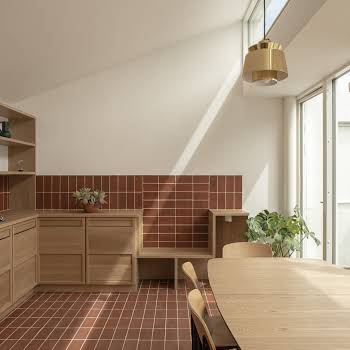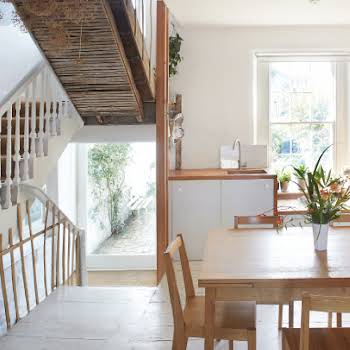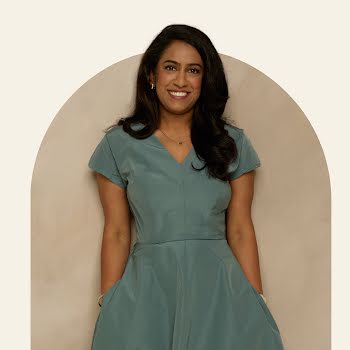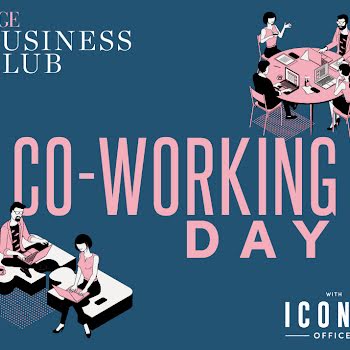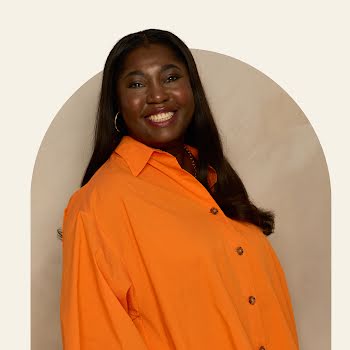
“I teach, research, design and communicate – there is more than one way to be an architect” – Orla Murphy on How She Got Her Job
By Erin Lindsay
28th May 2018
28th May 2018
Women are making their mark in the world of business like never before. In every industry and at every level, we look to women who’ve made it their own as an example for us to do the same. For our latest series, entitled ‘How She Got Her Job‘, we ask women who have achieved stunning success in their field to tell us how they got there, and their advice on how we can join them.
Architecture is taking on a new life in Ireland as of late, with female architects leading the pack. One such leader is Orla Murphy, architect and assistant professor in the School of Architecture, Planning and Environmental Policy in UCD. Having worked in Dublin for a number of years, she moved to Westport with her husband in 2004 to set up a Westport branch of Simon J Kelly Architects, a company she had worked for in the capital. After being awarded the Kevin Kieran Award by the Arts Council/OPW in 2009 for her research on rural towns, she went on to found her own firm, Custom Architecture in 2012, which focuses on research, public engagement and design. She was selected following a public call, along with five colleagues – Jeffrey Bolhuis, Jo Anne Butler, Miriam Delaney, Tara Kennedy and Laurence Lord – to design the Irish Pavilion at the La Biennale di Venezia 2018 festival, with an exhibition called Free Market, which looks at the past, present and future of public space in rural towns. The exhibition opens on May 26 and runs in Venice until November, before returning to Ireland to tour to three towns in 2019.
What was your favourite subject in school?
I enjoyed most subjects, but in particular I loved Physics and Art. Both subjects foster curiosity in how the world works, how we understand it and how we communicate or explore that understanding.
What was your first job, and what other jobs have you had since?
Well, I had lots of part-time jobs to fund my way through university, but I suppose my first real job was when I graduated. I worked for Professor Cathal O’Neill, who was the Head of the School of Architecture in UCD. Graduate architects work for two years in practice before they study for their professional examinations to register as architects – so it’s a seven-year process to become a registered architect in total. It was a real privilege to work for and learn under Cathal, who is an accomplished modernist and an absolute gentleman.
What was the first job you loved?
I really loved working with Gerry Cahill Architects. Gerry’s office focused on the design of social housing, so it was where I learned a lot about the power of architecture to have an impact on social justice and to realize that architecture is fundamentally political: it has a huge impact on the quality of people’s lives and everyone has a right to experience a quality built environment. My colleagues in GCA were also really great fun to work with. I also absolutely love teaching in the School of Architecture in UCD and am constantly amazed at the intelligence, imagination and sheer hard work ethic that students bring with them to the university.
How do you think you got to where you are today?
Architecture is quite a turbulent career – it follows economic cycles – so you have to be able to adapt to change. My parents always encouraged me to grasp every opportunity that came along, to embrace change and not get downhearted when things don’t work out. And sometimes they won’t. But if you work hard and work with good, positive ‘can-do’ people, extraordinary things can happen. I never imagined I would represent Ireland as one of a team of six designing the Irish Pavilion at La Biennale di Venezia this year, or that I would co-present Building Ireland on RTÉ. I don’t practice architecture in a traditional sense at the moment; I teach, research, design and communicate, and I’ve realized that’s OK – there is more than one way to be an architect. This is something we are developing with our Masters students in UCD, to show them that they don’t necessarily have to follow a traditional path where they work in an office Monday to Friday. That is important too obviously, but there are other pathways, and particularly for women; I think it’s good to develop other, more flexible ways to work.
What does your daily routine look like?
For the last six months, we’ve been flat out working on the Irish Pavilion for Venice, so after the kids head off to school, I’ll work on that until they come home and then again in the evening after they go to bed. Working on the Biennale has been a fascinating collaborative process, so the six of us work physically separately in the cloud, and come together for design workshops every couple of weeks. Once a week, I travel to Dublin to teach in UCD. Every day, whether in Westport or Dublin, is different and involves a mix of drawing, writing, coordinating, preparing and presenting work. Mixed into that routine then, there may be lectures, workshops, filming, fieldwork – it’s very varied. And if the sun shines in Westport, I down tools and head out to the beach for an hour!
What’s your favourite part of the job?
Collaborating with interesting people on interesting projects. Working on Free Market has been a great experience because of the diversity of talent and interest in the curatorial team and in all the collaborators we’ve met in the process. It is the same working on Building Ireland – it’s such a privilege to get to visit fascinating buildings and talk to people who know them intimately.
What’s your least favourite part?
Preparing funding applications and tax returns!
What are the key skills you need to make it in your industry?
The ability to work well with other people, to be able to focus, work hard and get the job done, to the very best standard it can be, on time. The ability to communicate well and to remain calm in stressful periods when deadlines are looming and the unexpected happens is very important too.
What are the most important lessons you’ve learned for success in your career?
To listen. And by that, I mean really listen, not just pretend to listen. I think by default that most of us tend to do that. I’m still and probably always will be learning this skill.
Any regrets?
Nope, regrets are a bit pointless really. I know I’ve made plenty of mistakes, but if you try to learn from them then you can move on you won’t waste time regretting them. Life is far too short to be regretting things!
What’s the number one piece of advice you would give to young people starting out who want to follow in your footsteps?
Architecture is a very broad subject, within which are endless avenues for specialization. If you can figure out what you love doing and try to tailor your architectural career to doing that in some way, then work doesn’t feel like ‘work’. This might mean that you train and work as an architect but you might also become an architectural photographer, or an urban designer; an editor; or a researcher; or a fashion designer; or a baker; or a comedian (these are just some of the career paths our graduates have followed) because that is what you love doing, and actually that is quite OK. More than OK, in fact, its great.


